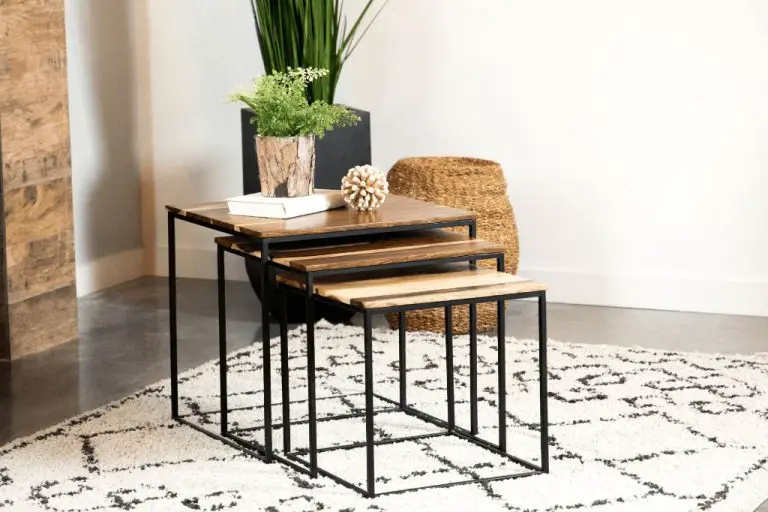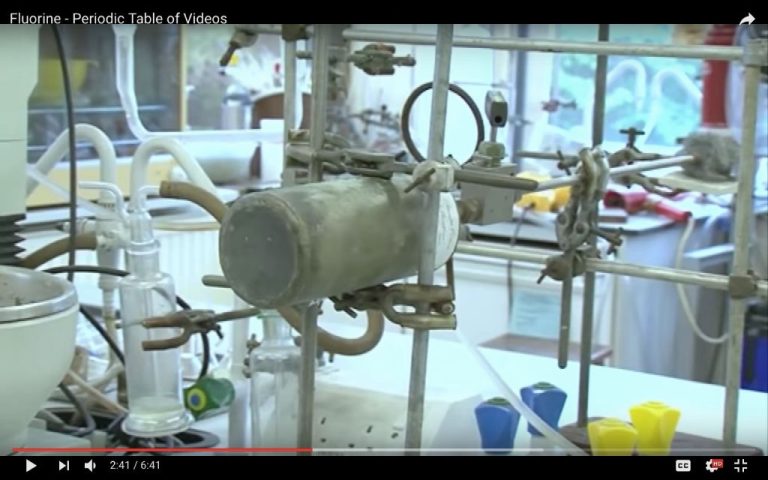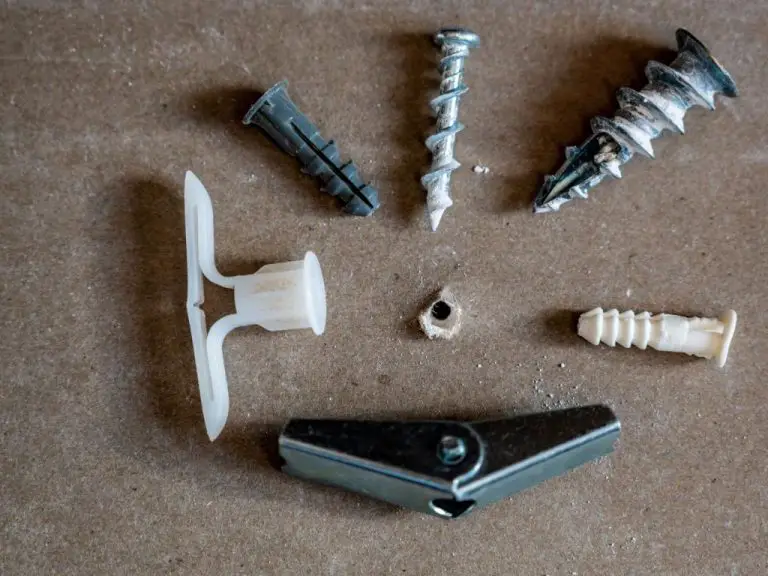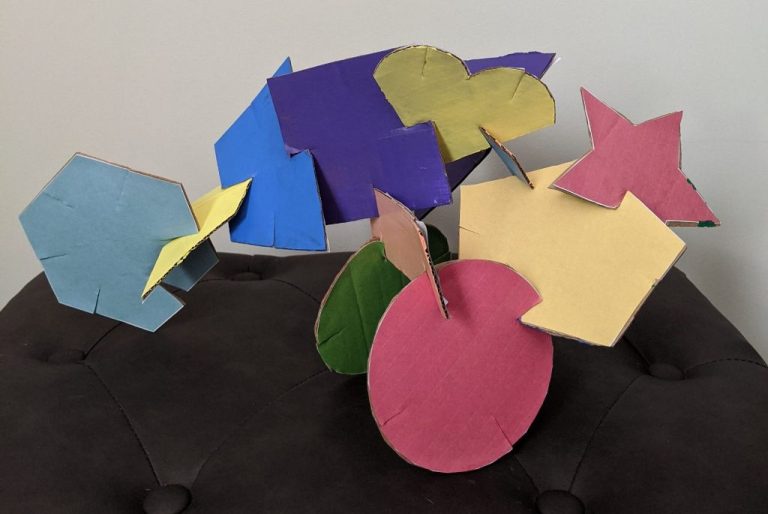How Do I Connect To A Ring Terminal?
Ring terminals are crimp connectors used to terminate wires with a circular metal band that wraps around the connecting point, such as a screw, bolt, or stud. The open end of the circular ring fits over the connecting point, allowing the wire to be securely fastened by tightening a nut or screw over it. Ring terminals provide a solid, protected, and insulated electrical connection between a wire and a terminal.
Some key uses of ring terminals include:
- Connecting wires to electrical equipment terminals, busbars, junction blocks, and more.
- Providing strain relief and preventing wires from loosening.
- Creating removable and reusable wire connections.
- Insulating connections and preventing shorts.
- Bonding wires in marine and automotive applications.
Overall, ring terminals offer a versatile and durable wiring solution for numerous electrical connection needs across many industries and applications.
Safety
Working with electrical connections requires taking proper safety precautions to avoid injury. Be sure to wear protective equipment like gloves and eyewear when connecting ring terminals.
Insulated terminals help prevent shocks, shorts, and fires caused by exposed conductors (Source: https://medium.com/@ukcableties/exploring-the-advantages-of-insulated-ring-terminals-in-electrical-installations-b5d90ed090e2). Only work on de-energized circuits and use caution when handling live wires.
Work in a clean, dry area with good lighting. Avoid flammable liquids or materials when making electrical connections. Have a first aid kit nearby in case of accidental injury.
Tools Needed
To connect a ring terminal, you will need the following basic tools:
Wire strippers – You’ll need a good set of wire strippers capable of stripping 10-12 AWG wire. Quality strippers like these from Irwin will make stripping wires quick and easy.
Crimping tool – A ratcheting crimp tool like this FDT10010 is perfect for crimping ring terminals. Make sure the tool is rated for the wire gauge you are working with.
Wire cutters – A simple pair of diagonal cutters will be needed to trim the wire to length before inserting it into the terminal.
Select the Correct Ring Terminal
Choosing the right size ring terminal for the wire gauge is crucial for a proper connection. The inside diameter of the ring terminal must match the diameter of the wire. Using an undersized ring terminal can result in the wire pulling out of the crimp. An oversized ring terminal may not crimp properly. Refer to a ring terminal size chart to select the proper inside diameter for your wire gauge.
Additionally, the ring terminal must fit the terminal stud on the device you are connecting to. Ring terminals come in different stud sizes like #6, #8, #10, etc. Consult the equipment documentation to determine the stud size, then match the ring terminal to that size. A stud size conversion chart can assist in selecting the proper ring terminal stud size.
Strip the Wire
The next step is stripping the wire to expose the correct amount of copper conductor. This is important in order to ensure a proper crimp. According to Molex’s Application Tooling Specification Sheet [1], you should strip off enough insulation to reveal the wire, but remove as little length as possible. Usually 3-6mm of exposed copper conductor is ideal.
Using wire strippers, carefully remove the plastic insulation from the end of the wire. Take care not to nick or damage the copper conductor. You may need to adjust the stripping tool based on the gauge of the wire. Finer gauge wires require less insulation to be removed. Reference the stripping tool’s built-in gauge sizes or the wire manufacturer’s recommendations on how much insulation to strip.
Once stripped, the bare copper wire should be clean and undamaged. Avoid stripping too much insulation, as an overly long exposed conductor can increase the risk of short circuits if it contacts other metal surfaces. Leaving too little insulation can result in a poor crimp connection.
[1] https://www.molex.com/pdm_docs/ats/TM-638000024.pdf
Insert the Wire
When crimping a ring terminal, it is crucial to fully insert the wire into the ring terminal before crimping. This ensures a strong mechanical and electrical connection. According to this guide on using ring connectors, you should insert the wire so that all stranded wire conductors are contained within the ring barrel and no bare wire is exposed.
The proper amount of wire to insert can vary based on the ring terminal size. Consult the ring terminal packaging for specifics. In general, you want to insert enough wire so that when crimped, the seam of the ring terminal is centered on the insulation of the wire.
Before inserting the wire, it helps to twist the stranded conductors or tin them with solder. This keeps the strands together and prevents fraying. Gently insert the wire into the ring terminal until it is fully seated inside the barrel. Avoid inserting too much wire, as this can cause the wire to bottom out. The key is to position the terminal so the seam will crimp down on the insulation when compressed.
Crimp the Terminal
Once the wire is inserted into the ring terminal, it’s time to crimp it. Using the proper technique and tool is key for getting a solid crimp that will provide a reliable electrical connection.
For crimping ring terminals, you’ll want to use a ratcheting crimp tool designed specifically for insulated terminals. These tools apply consistent pressure to create crimps that meet industry standards (Source). Avoid using pliers, which can result in uneven crimps.
To crimp the ring terminal:
- Place the crimped end of the wire and terminal in the crimping tool, ensuring it is centered in the proper die.
- Squeeze the handles together in a full stroke until the ratchet releases.
- This applies the calibrated pressure needed to securely crimp the terminal without crushing the wire.
The terminal should now be firmly attached to the wire. Give it a gentle pull to confirm it is solidly crimped and won’t come loose.
Inspect the Crimp
After crimping the ring terminal, it is important to visually inspect the crimp for a good connection. According to the A Comprehensive Guide to Good Crimping Practice, “Crimp quality needs to be monitored using a documented system such as statistical process control” (A Comprehensive Guide to Good Crimping Practice, fscables.com).
When inspecting the crimp, check that:
- The crimp is centered on the terminal
- The wire is visible through the inspection hole or slot on the terminal
- No bare wire extends past the crimp
- The crimp deforms the terminal, compressing it tightly around the wire
- There are no cracks or damage to the terminal or insulation
A poor crimp may be undersized and loose or may have insulation caught inside. Any issues could lead to high resistance or loose connections that may fail. Taking the time to properly inspect each crimp will ensure reliable electrical connections.
Test the Connection
After crimping the ring terminal, it’s important to test that you have a solid, conductive connection. You can easily do this using a multimeter set to test for continuity.
Set the multimeter to continuity mode, which is usually indicated by a sound wave symbol. Touch the red probe to the metal part of the ring terminal and the black probe to the stripped wire. If the connection is good, you’ll hear a beep or see a small resistance reading on the multimeter display.
If you don’t get a continuity indication, then the crimp may be loose or faulty. Carefully re-crimp the connector and re-test until you get a solid connection. Testing with a multimeter ensures conductivity and gives you confidence in the electrical integrity of the crimped ring terminal before connecting it to the final circuit.
For more details, see “Testing ring terminal connection with multimeter” at [Source 1].
Conclusion
In summary, properly crimping a ring terminal is essential to ensure a solid electrical connection. By following the key steps outlined above, including selecting the proper terminal and tool, stripping the wire correctly, inserting the wire fully into the terminal, executing a quality crimp per industry standards, and inspecting the final crimp, you can achieve optimal performance and safety. Taking care with proper crimping techniques helps prevent loose connections, overheating issues, electrical shorts, and other problems. The small investment of time to crimp properly gives the peace of mind that the wire terminal connection will be completely reliable.




